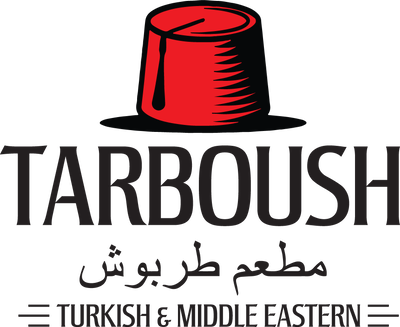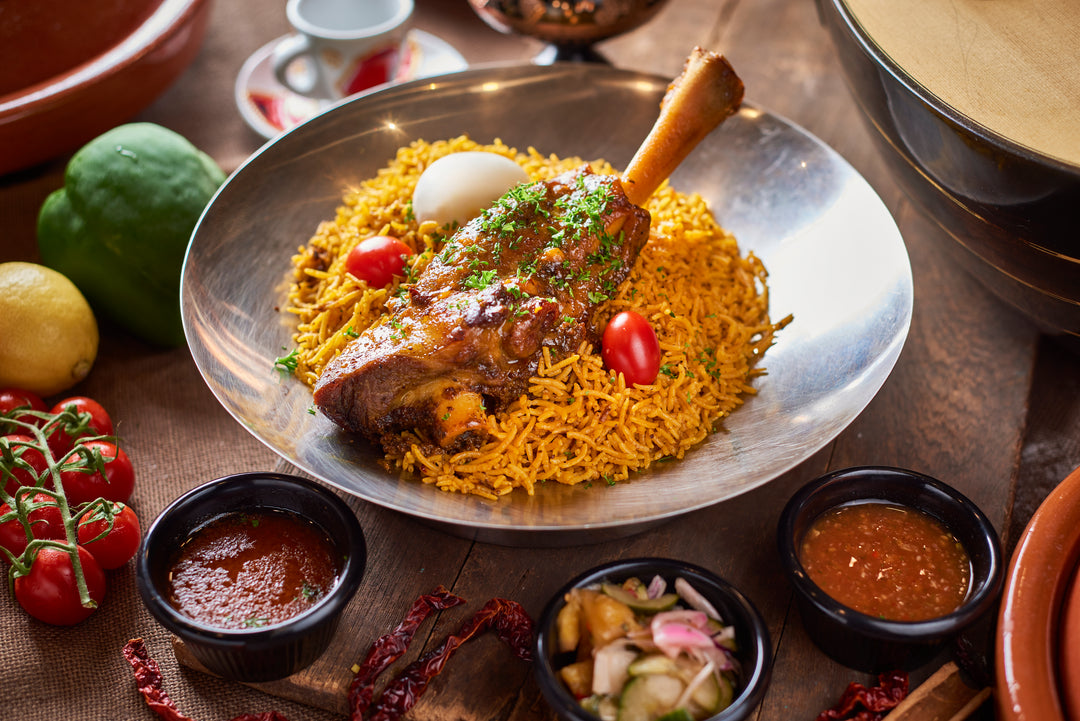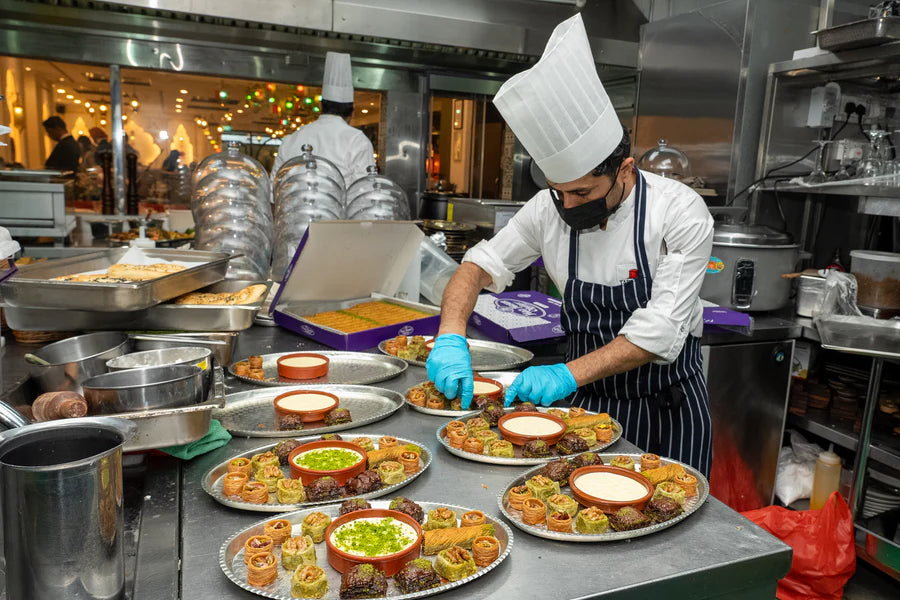The Art of Middle Eastern Desserts: Sweet Treats with a Rich Heritage
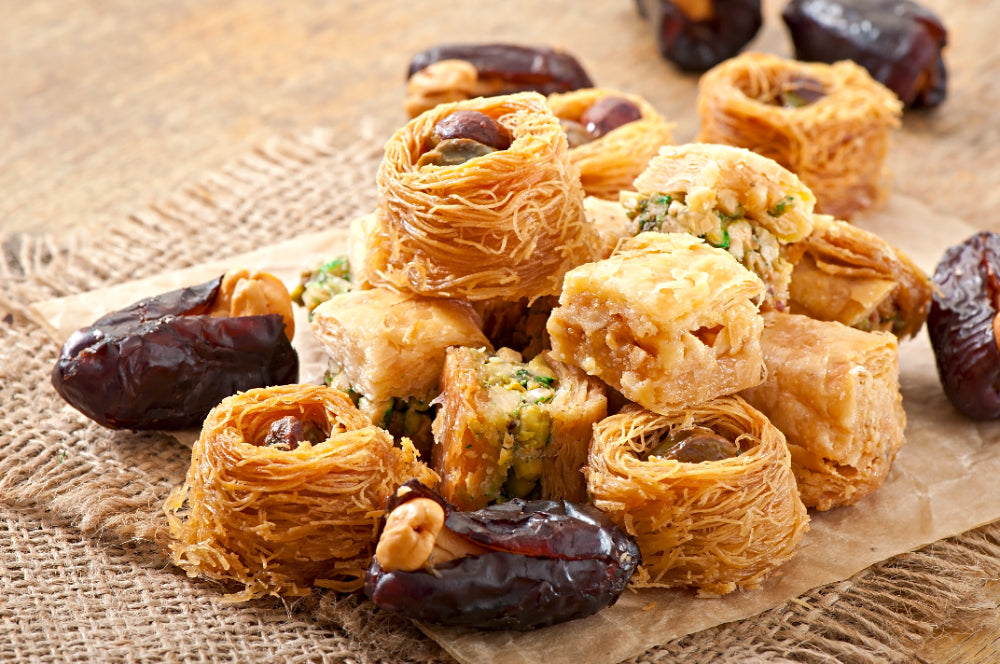
Middle Eastern desserts are a reflection of the region’s rich history, culture, and love for all things sweet. Infused with flavors like rose water, pistachios, and honey, these confections are as beautiful as they are delicious. From flaky pastries to creamy puddings, Middle Eastern sweets celebrate life’s joyous moments, often taking center stage during festive occasions and gatherings.
In this blog, we’ll explore the enchanting world of Middle Eastern desserts, their unique ingredients, and the traditions that surround them.
A Sweet Heritage: The Origins of Middle Eastern Desserts
Middle Eastern desserts have been shaped by centuries of cultural exchange, trade, and innovation. Influences from the Ottoman Empire, Persia, and the Levant have combined to create a diverse dessert repertoire. The region’s proximity to spice and trade routes ensured access to exotic ingredients like saffron, almonds, and dried fruits, which play a central role in its sweets.
Key Ingredients in Middle Eastern Desserts
-
Nuts
Pistachios, almonds, and walnuts are often used to add texture and flavor. -
Rose and Orange Blossom Water
These floral waters lend a delicate, aromatic sweetness to desserts. -
Honey and Syrup
Honey is a natural sweetener, while sugar syrups are infused with lemon juice or spices for added depth. -
Semolina and Phyllo Dough
Semolina is used in cakes and puddings, while phyllo forms the base of many layered pastries.
Iconic Middle Eastern Desserts to Try
-
Baklava
Layers of phyllo dough filled with chopped nuts and drenched in honey or syrup. - Fun Fact: Variations exist across the Middle East, with slight differences in nut combinations and syrups.
-
Kunafa (Kanafeh)
A cheese-filled dessert topped with crispy shredded phyllo or semolina dough, soaked in sweet syrup. - Highlight: Its molten, stretchy cheese center is irresistible.
-
Basbousa (Harissa)
A semolina cake soaked in orange blossom or rose water syrup, often garnished with almonds. -
Ma’amoul
Buttery shortbread cookies stuffed with dates, nuts, or figs. - Tradition: Often prepared for religious holidays and family gatherings.
-
Halva
A dense, tahini-based confection flavored with pistachios or chocolate. -
Atayef (Qatayef)
Sweet stuffed pancakes, often filled with nuts or cheese and fried or baked.
Cultural Significance of Middle Eastern Sweets
Desserts in Middle Eastern culture are more than just food—they’re a gesture of hospitality and celebration. Sweet treats are served to guests as a sign of generosity and shared during important events like weddings, Ramadan, and Eid.
For example:
- During Ramadan, desserts like kunafa and atayef are enjoyed to break the fast.
- Ma’amoul is traditionally baked for Eid, with families gathering to prepare and share these intricate cookies.
Making Middle Eastern Desserts at Home
-
Start Simple
Begin with easy recipes like basbousa or halva, which require minimal preparation. -
Invest in Quality Ingredients
Use high-quality nuts, floral waters, and honey to achieve authentic flavors. -
Follow Tradition
Many Middle Eastern desserts rely on precise techniques, such as layering phyllo for baklava. Take your time and enjoy the process.
Where to Find Authentic Middle Eastern Desserts
If you’re in Singapore, restaurants like Tarboush offer an authentic Middle Eastern dessert experience. From delicate baklava to cheesy kunafa, these establishments showcase the region’s dessert artistry with finesse.
Modern Twists on Traditional Sweets
Middle Eastern desserts are evolving as chefs experiment with modern twists:
- Baklava Ice Cream: Combining crispy layers with creamy frozen textures.
- Kunafa Cheesecake: A fusion of Western cheesecake and kunafa’s shredded phyllo topping.
- Vegan Ma’amoul: Using plant-based butter and fillings to cater to dietary preferences.
Health Benefits of Middle Eastern Desserts
While indulgent, many Middle Eastern desserts feature natural ingredients that offer health benefits:
- Nuts provide protein and healthy fats.
- Honey has antibacterial properties.
- Dates are rich in fiber and essential nutrients.
Preserving the Art of Middle Eastern Desserts
As globalization continues to influence culinary practices, efforts to preserve traditional recipes are essential. Cultural festivals, cookbooks, and food tourism play a significant role in keeping these sweet traditions alive for future generations.
Conclusion: A Sweet Symphony of Flavors
Middle Eastern desserts are a testament to the region’s culinary creativity and cultural richness. Each bite is a harmonious blend of textures and flavors, transporting you to a world where sweetness is celebrated with every occasion.
Whether you’re savoring a piece of baklava at a restaurant or attempting to make kunafa at home, Middle Eastern desserts offer a delightful experience that is both comforting and captivating.
Indulge in these sweet treasures and let them introduce you to the heart and soul of Middle Eastern cuisine.
